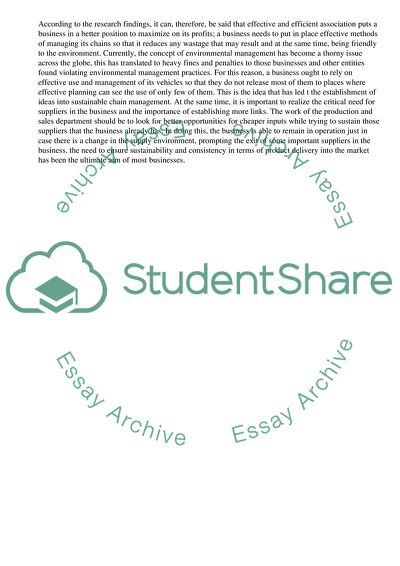Cite this document
(“Sustainable Supply Chain Management Essay Example | Topics and Well Written Essays - 3750 words”, n.d.)
Sustainable Supply Chain Management Essay Example | Topics and Well Written Essays - 3750 words. Retrieved from https://studentshare.org/business/1639680-triple-bottom-line-question-see-below
Sustainable Supply Chain Management Essay Example | Topics and Well Written Essays - 3750 words. Retrieved from https://studentshare.org/business/1639680-triple-bottom-line-question-see-below
(Sustainable Supply Chain Management Essay Example | Topics and Well Written Essays - 3750 Words)
Sustainable Supply Chain Management Essay Example | Topics and Well Written Essays - 3750 Words. https://studentshare.org/business/1639680-triple-bottom-line-question-see-below.
Sustainable Supply Chain Management Essay Example | Topics and Well Written Essays - 3750 Words. https://studentshare.org/business/1639680-triple-bottom-line-question-see-below.
“Sustainable Supply Chain Management Essay Example | Topics and Well Written Essays - 3750 Words”, n.d. https://studentshare.org/business/1639680-triple-bottom-line-question-see-below.


